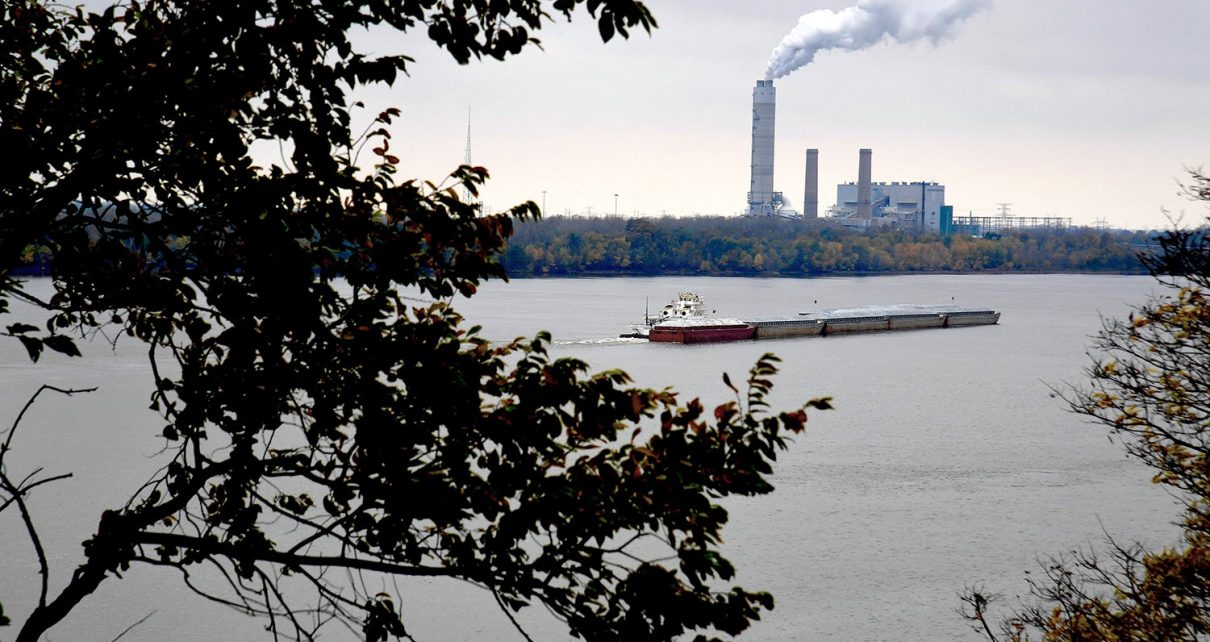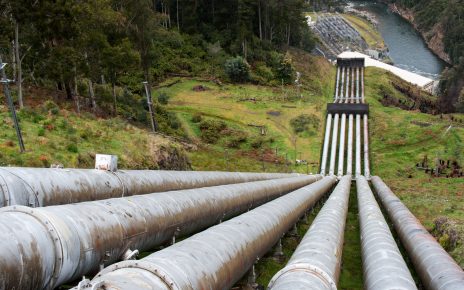Two of the nation’s essential commercial waterways face extraordinary risk from climate change and associated flooding, a new report from the nonprofit American Rivers says.
In its updated list of “America’s Most Endangered Rivers,” the group says marked increases in precipitation across the Upper Mississippi and Lower Missouri rivers, combined with poor floodplain management, have placed millions of people and a multibillion-dollar economy in peril within the two basins.
The Upper Mississippi and Lower Missouri are Nos. 1 and 2, respectively, on the group’s 2020 list of most imperiled waterways. They also sustained some of the greatest property damage and crop losses from last year’s record river floods.
“Mixing poor river management with climate change has created a recipe for disaster,” Bob Irvin, the group’s president and chief executive officer, said in a statement. “Lives, businesses and property are at risk. It’s time for our leaders to prioritize solutions that protect rivers and strengthen communities. Our health and safety depend on it.”
The report attributes much of the responsibility for the rivers’ condition to the Army Corps of Engineers and state and local agencies tasked with managing the floodplain.
Along both the Upper Mississippi and Missouri rivers, local levee boards wield substantial authority over agricultural levees and other river control measures. While the Army Corps is tasked with permitting such work, critics have long argued the agency has done a poor job of regulating such levees.
With respect to the Lower Missouri, American Rivers said the Missouri, which joins the Upper Mississippi north of St. Louis, “is one of the most controlled waterways in our nation” and that “artificial channels, levees and dams vainly attempt to control flood damages.”
“Right now, we’re on a collision course with climate change and poor river management. Unless we embrace better solutions like giving the river room to flood safely, we’re going to see increasingly severe disasters,” Eileen Shader, director of river restoration for American Rivers, said in a statement.
Allen Marshall, an Army Corps spokesman in the agency’s Rock Island District office, said he could not comment on the issue of climate change or criticisms that the agency has failed to properly regulate levees.
American Rivers also called for the completion of a federal-state comprehensive study of the Upper Mississippi called the “Keys to the River.” Officials said the “keys” study will offer a more holistic approach and management strategy for the river and draw input from a broader group of stakeholders—including municipalities, navigation interests, water and wastewater utilities, farmers, sportsmen, and other recreational users.
All those sectors suffered major losses from the 2019 floods, a $20 billion catastrophe, according to an recent analysis based on NOAA and reinsurance industry data and released by the Mississippi River Cities and Towns Initiative.
“I think one of the big wake-up calls with last year’s flood event was the duration of it and the realization that this is our future,” said Olivia Dorothy, Upper Mississippi River Basin director for American Rivers. “We really need to think about floods of this magnitude becoming a permanent fixture rather than a temporary situation.”
Kirsten Wallace, executive director of the Upper Mississippi River Basin Association, which represents the governors of Illinois, Iowa, Minnesota, Missouri and Wisconsin, agreed the basin faces multiple problems, including from climate change.
“I think the overall call for urgency is important, so we’re glad that American Rivers is making that,” Wallace said. “We also recognize that the Upper Mississippi needs more money and more resources” to address major issues.
But, Wallace said, it remains unclear how climate change compares with other problems such as floodplain conversion for commercial and residential development, and the use of tile drainage systems that shed water off farm fields into local streams.
“I think the constant flooding is compelling people to talk to each other and to think of our system plan as bigger than any one stakeholder,” she said.
Wallace said progress in solving common problems is also hindered by a piecemeal management approach among multiple levels of government. Such approaches often pit stakeholders against one another, resulting in stasis and finger-pointing.
“You first need to get all these factions to agree to a fast-forward,” she said. “They need to put down their guard and trust in someone or something. … It’s a really fine balance that we have to strike going forward.”
American Rivers said stakeholders on the Missouri and Mississippi rivers could learn from California’s Central Valley, where a nature-based approach to flood control is delivering multiple benefits, from improved water quality to restoration of habitat and parks. Examples include setting levees back from the river to allow floodwaters to safely spread out and breaching levees in strategic areas to reconnect the river with its floodplain.
Other waterways on the 2020 endangered list include the Big Sunflower River in Mississippi, where the Army Corps is considering a massive water diversion project known as the Yazoo Pumps, and a half-dozen rivers threatened by mining and dam projects. Four of the 10 listed rivers are threatened by mining, American Rivers said, including the South Fork Salmon River in Idaho and the Okefenokee Swamp in Georgia and Florida.
Reprinted from Climatewire with permission from E&E News. E&E provides daily coverage of essential energy and environmental news at www.eenews.net.




